What if I told you that you could grow your own tea garden? Avid tea drinkers and garden lovers like me, you have come to the right place. Even if you qualify solely under the tea-drinking category, making tea blends from store-bought dried flowers, herbs, and fruit can save you money and give you flavor freedom! So, whether you’re looking for new plants to grow for making tea or just interested in the craft of homemade tea blends, we have 8 tea recipes and even more suggestions for you.
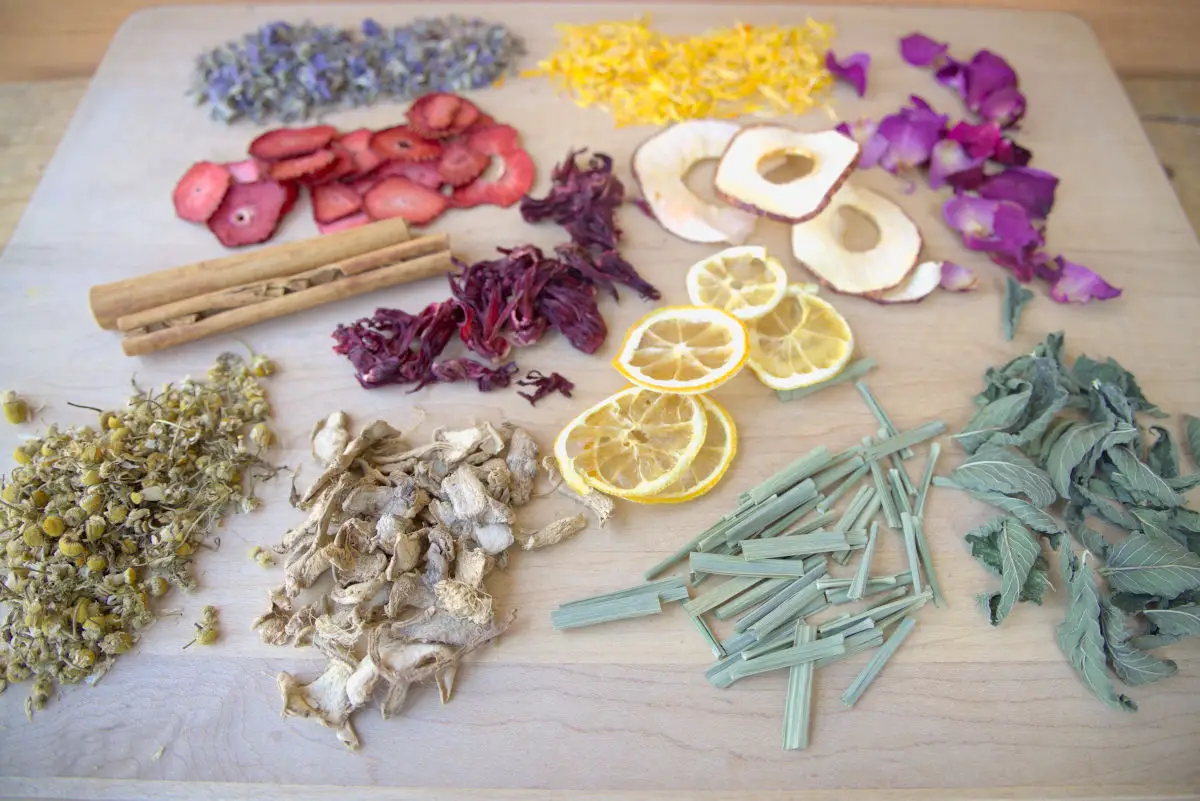
Tea Recipes
Why make your own tea blends? Loose-leaf tea products are superior in quality to tea bags. If you and your garden can add anything to the mix, then you are guaranteeing the consumption of a product higher in nutritional value, better in quality, and organically grown. So many of the plants for tea blends grow in abundance!
Types of Tea
Firstly, I want to clarify my “misuse” of the word tea. We use tea to describe many hot water infusions, but technically only the ones which involve the leaves of the plant Camellia sinensis are true teas. This plant is used in making white, green, yellow, oolong, black, and pu-erh teas. While you can grow tea plants, they take a long time to produce harvestable leaves (#goals) and you’ll need some alternatives in the meantime.
When we’re talking about “herbal teas”, we’re referring to tisanes– those made without traditional tea leaves. But, tea or tisane….they’re both brewed or steeped in water to create delicious, heartwarming, and healing beverages. From here on out I’ll distinguish the teas from the tisanes.
In creating your tea blends, you might find that black and rooibos teas blend well with spicy, floral, and sweet ingredients. Green tea blends beautifully with fresh and fruity ingredients. The experimentation possibilities will have you hooked in no time!
Ingredient Suggestions
There’s a whole world of edible plants and flowers, and it’s such a joy to realize how much medicinal and nutritional value exists unnoticed by many in the natural world.
But, do your research on edibility before including particular varieties in your infusions, check to make sure you are identifying the correct plant, ensure you are not using products sprayed with pesticides, and check the growing conditions and invasiveness of plants before growing your own.
If you have a dehydrator you can easily dry your homegrown or store-bought ingredients yourselves! That’s what we do.
Here are some ideas for using in your homemade tea blends- some included in and some beyond the recipes we’ve listed below:
Flowers
Lavender, rose petals (edible variety), rose hips, chamomile, calendula, nettle, cornflowers, echinacea, hibiscus, yarrow
Fruits
Lemons, limes, oranges, grapefruit, strawberries, apples
Roots
Ginger, turmeric, dandelion, chicory, licorice
Leaves/Plants
Lemongrass, Lemon balm, peppermint, spearmint, lemon verbena, blackberry/raspberry leaves, milk thistle, dandelion leaves, cinnamon sticks, oat straw, thyme, sage, basil
8 Tea Recipes
Try making larger batches of these blends and keeping them in airtight containers! All of these measurements are loose and can be adjusted to your liking. These strainers are our favorites for making individual cups.
Rose
- ¼ c green tea leaves
- 4 tsp minced rose petals
*Steep 1 tsp per cup of boiled water for 5-7 minutes.
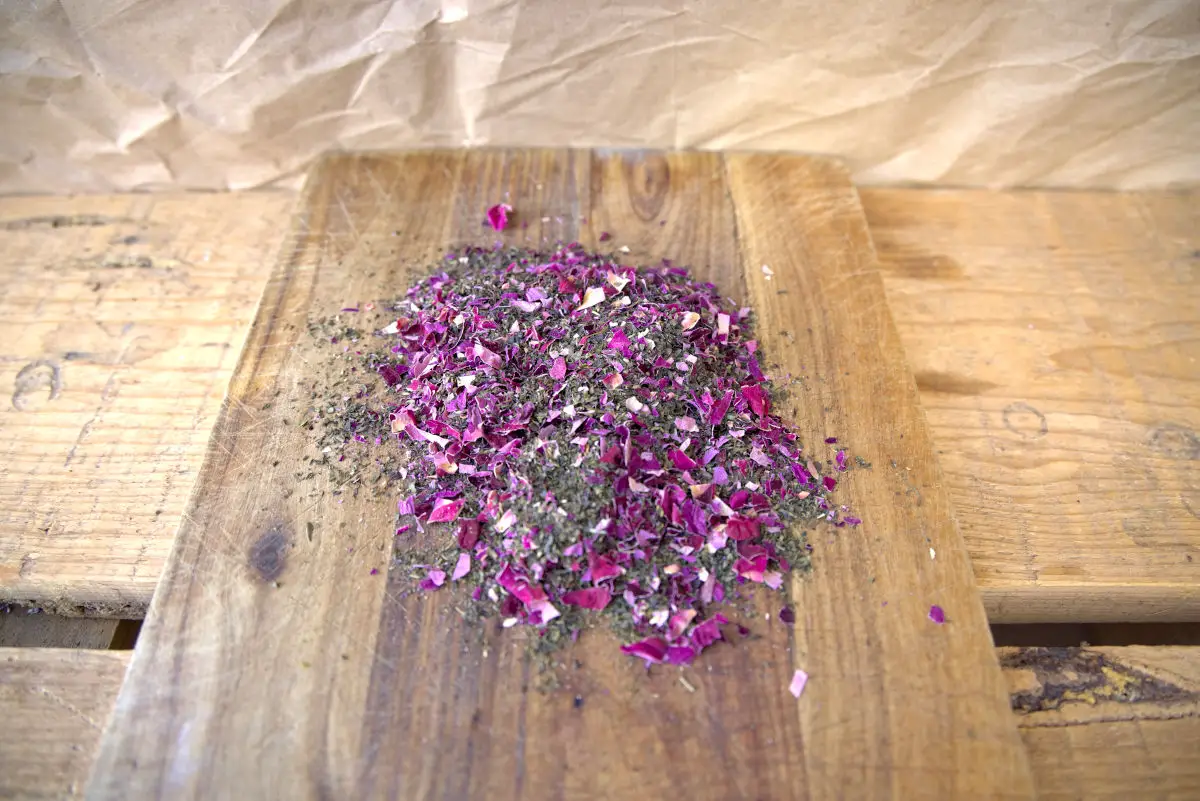
Mint
- ¼ c green tea leaves
- 2 tbsp dried lemongrass chopped
- 2 tbsp dried mint leaves chopped
*Steep 1 tsp per cup of boiled water for 5-7 minutes.
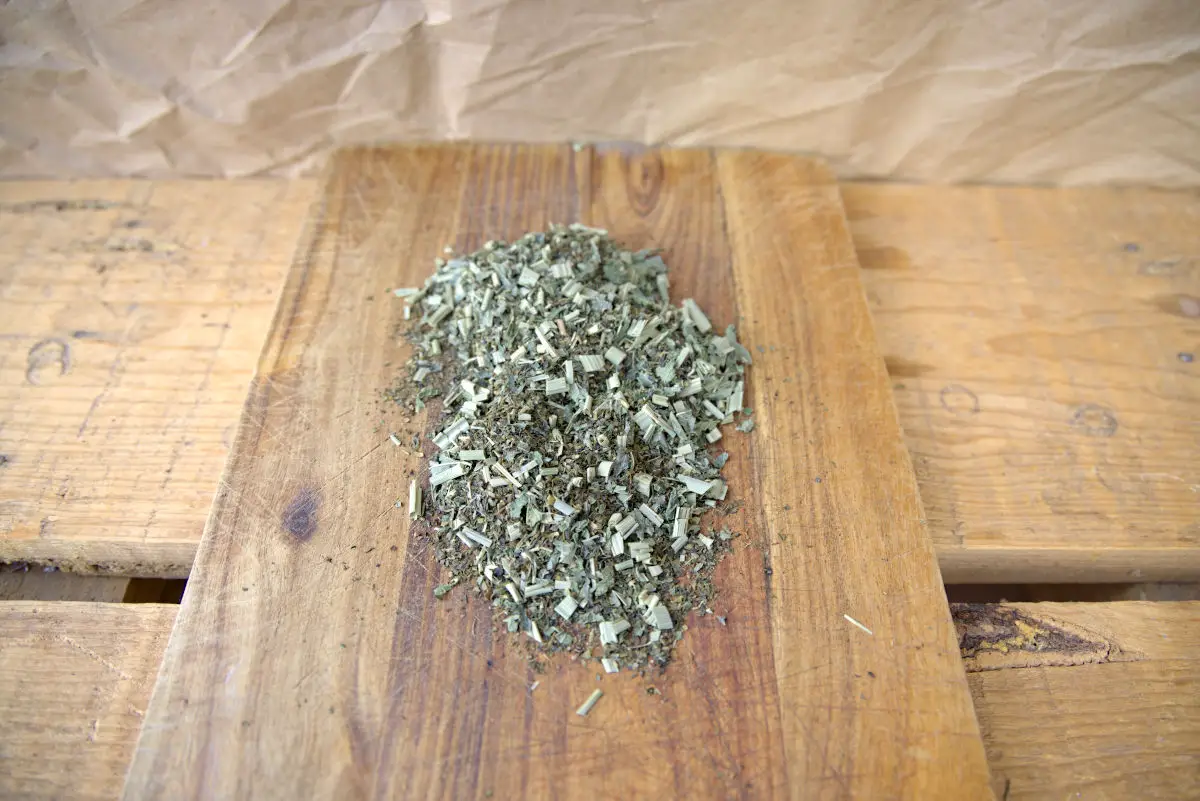
Lavender
- ¼ c black tea leaves
- ½ c dried lavender chopped
*Steep 1 tsp per cup of boiled water for 5-7 minutes.
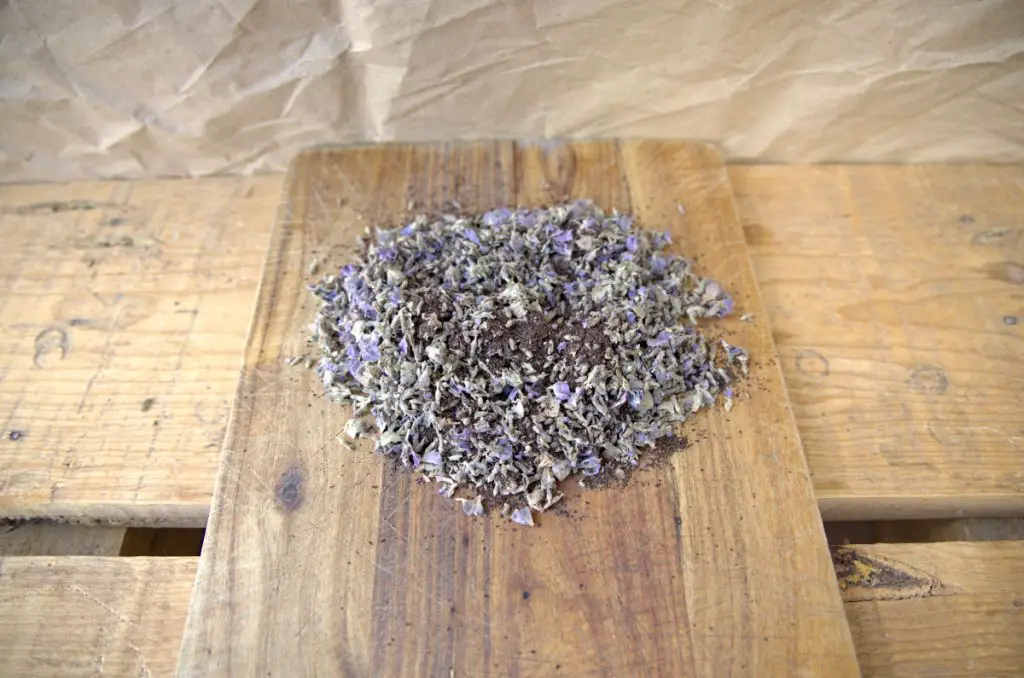
Spiced
- ¼ c black tea leaves
- ¼ c dried orange slices chopped
- 2 tbsp crushed peppercorns
- 1 cinnamon stick crushed
*Steep 2 tsp per cup of boiled water for 5-7 minutes.
Rooibos
- ¼ c rooibos tea leaves
- 2 tbsp dried calendula petals
- 4 tbsp dried strawberries chopped
- 1 tbsp dried rose petals chopped
- 3 tbsp dried apples chopped
*Steep 2 tsp per cup of boiled water for 5-7 minutes.
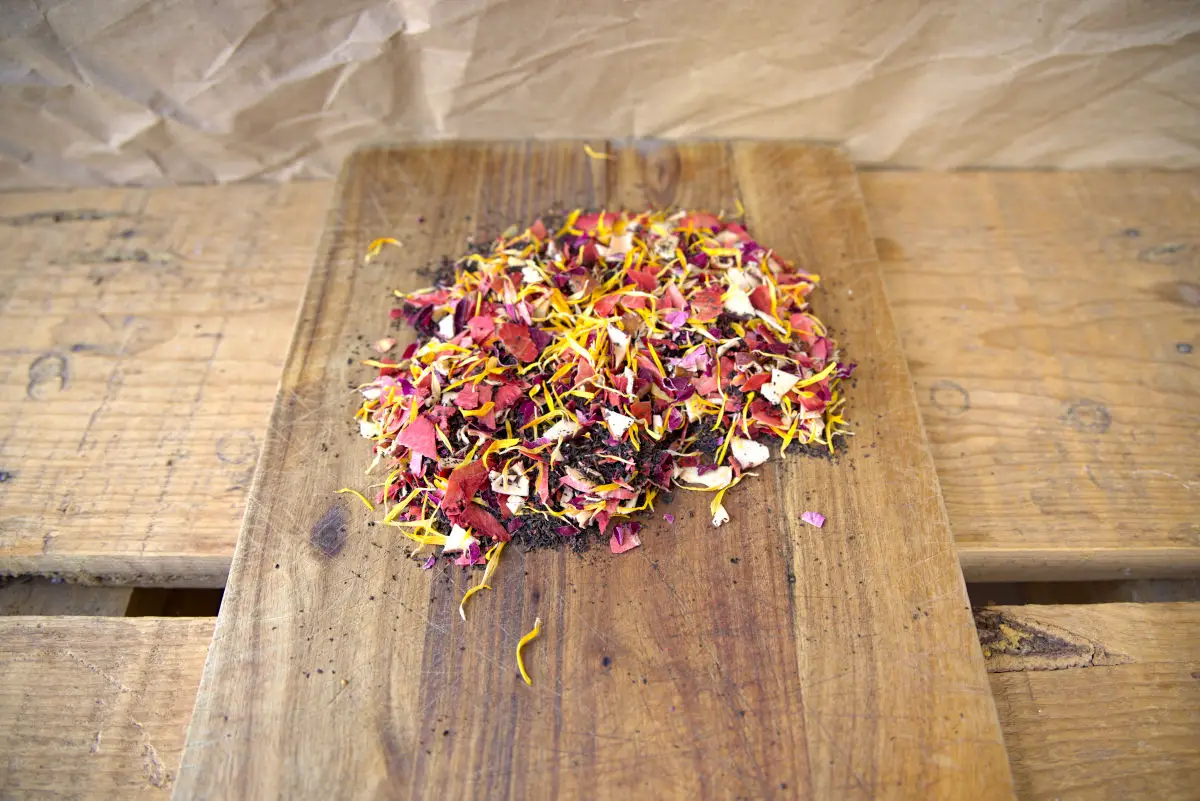
Tisane Recipes
Chamomile
- ⅓ c dried chamomile flowers
- 2 tbsp dried ginger chopped
- 2 tbsp dried lemongrass chopped
- 3 tbsp dried lemon slices chopped
*Steep 2 tsp per cup of boiled water for 5-7 minutes.
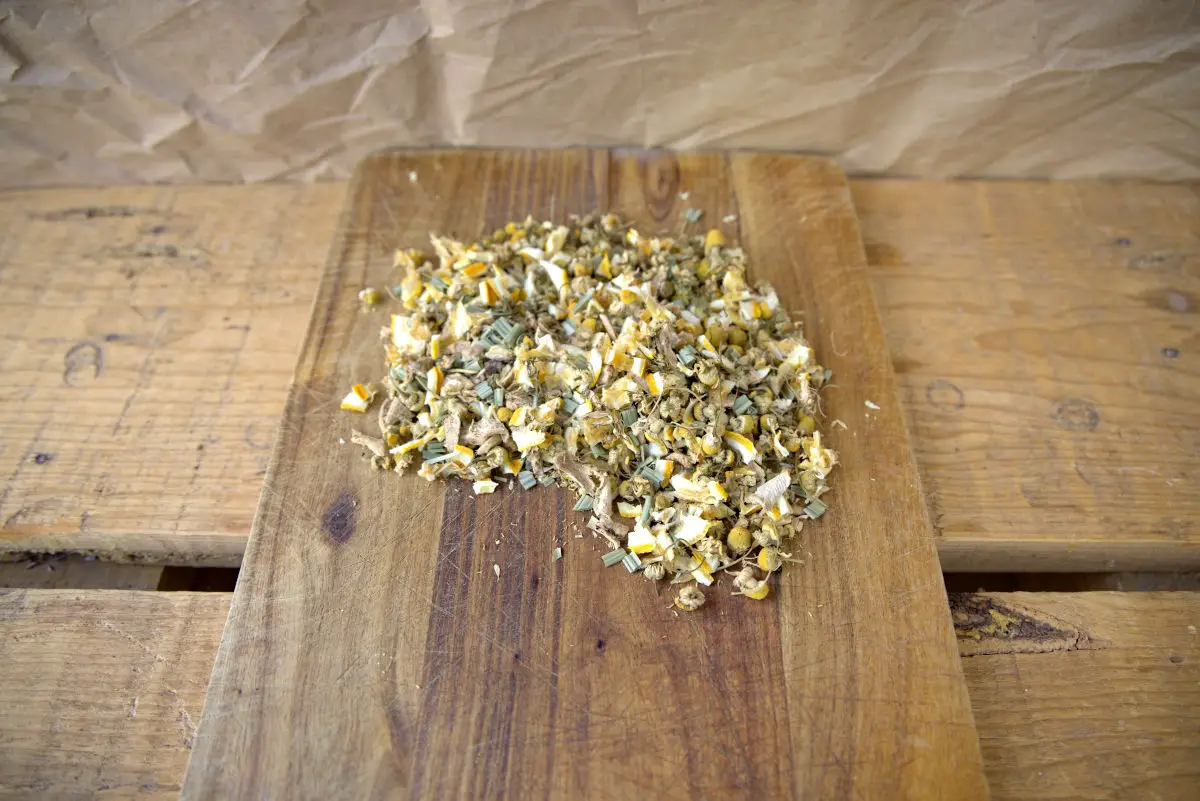
Hibiscus
- ½ c dried hibiscus flowers chopped
- 2 tbsp cinnamon crushed
- ¼ c dried apple slices chopped
*Steep 3 tsp per cup of boiled water for 5-7 minutes.

Floral
- ¼ c dried chamomile flowers
- 1.5 tbsp dried calendula petals
- ¼ c dried lavender chopped
- 2 tbsp dried rose petals chopped
*Steep 2 tsp per cup of boiled water for 5-7 minutes.
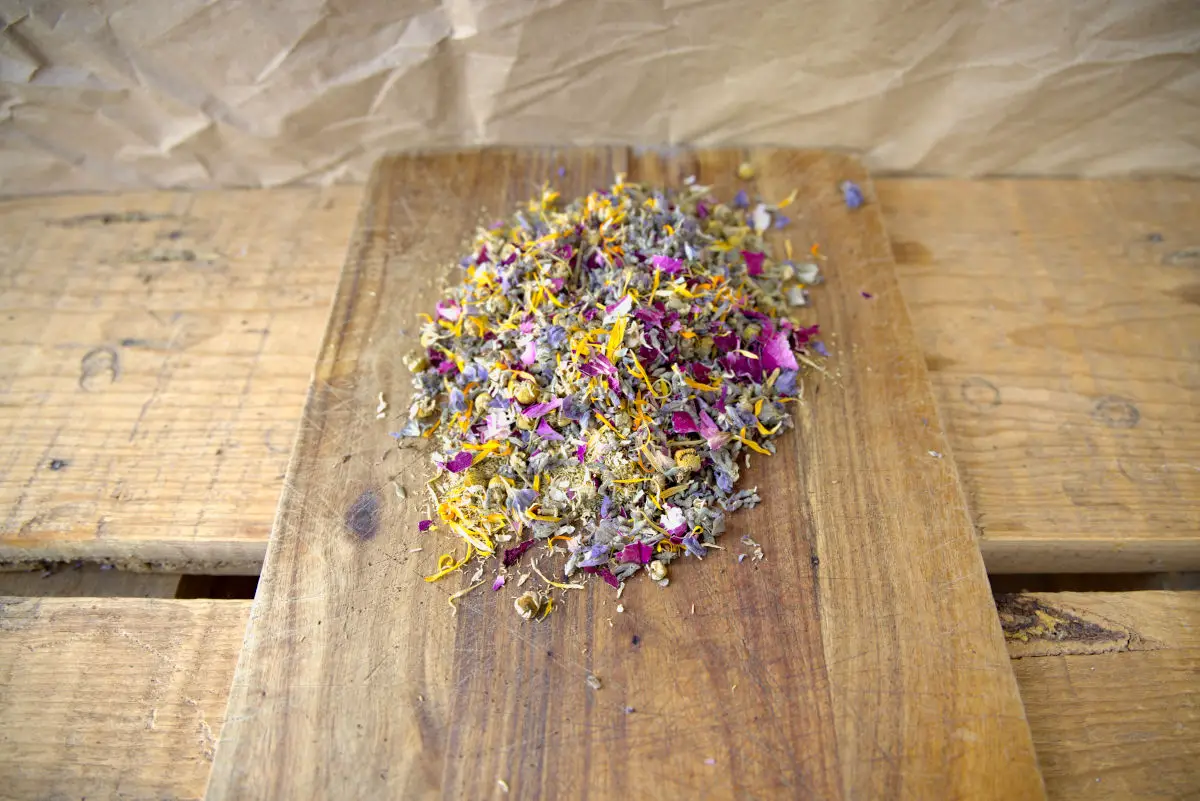
FAQs (Frequently Asked Questions)
You can use various types of tea as a base, such as black, green, white, oolong, or stick to herbal teas. Each provides a different flavor profile and some provide caffeine.
Consider the flavor notes of the base tea and choose complementary ingredients like herbs, spices, dried fruits, or flowers. Experiment to find a balance that suits your taste.
Herbal teas like chamomile, peppermint, or rooibos are caffeine-free and make excellent bases for blends.
More Ideas About Garden Herbs
Growing your own herbs might not seem like much, but there are so many ways to utilize your homegrown herbs daily.

I never thought of doing this! I’m excited to try.
Awesome! You’ll be hooked in no time.
Hi. Very interested in tryong some of your wonderful ideas. Do you have a recipe for earl grey tea and could you also give me the name of a supplier for the bergamot component?
Thank you so much,
Julia
Oh, great! So, earl grey tea at its base is just black tea and bergamot oil. I’d say around 10-15 drops of oil for 1 cup of loose leaf black tea. Some people add in dried cornflower (Centaurea cyranus) for that classic blue color and/or a black tea called Lapsang Souchong. Mountain rose herbs has a great organic bergamot oil!